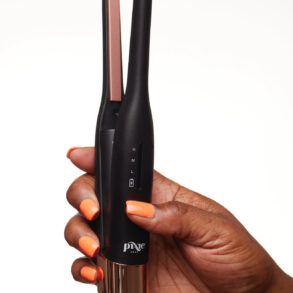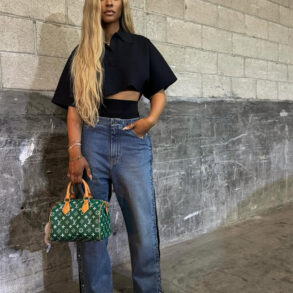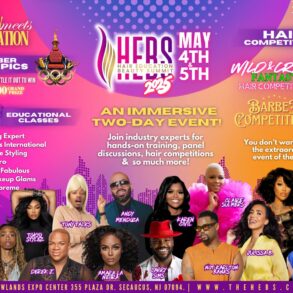First, the good news: Mary Gabriel’s doorstop, “Madonna: A Rebel Life,” is a meticulously researched, readable account of the most driven and (re)inventive pop star of our times.
Madonna Louise Ciccone’s staggering, decades-long career and global reach has embraced trends in music, fashion and activism, and Gabriel packs an Encyclopedia Madonnica of detail and anecdote into 800 pages, following a proper chronology, bookended by the performer’s sorrow-tinged childhood in suburban Detroit to international elder. The lean years in New York; breakout dance singles; grueling tours; chameleon-like personas; sorties into Hollywood; troubled marriages to a hotheaded actor and a steely British filmmaker—there’s something juicy for every fan, so gorge yourself.

Gabriel has done her homework, and then some, poring over archives and interviewing key players, among them invaluable Christopher Ciccone, the star’s younger brother and artistic accomplice. In the early 1960s their father Tony Ciccone, a widower with six children, labored to lift his family onto middle-class terra firma, instilling in his oldest daughter “discipline, a work ethic and familial experiences good and bad from which to draw.”
This intense focus permeated her many guises: the “boy toy” of “Like a Virgin”; “True Blue”‘s gamine pixie; the “Erotica” dominatrix; spiritual seeker in “Ray of Light”; and “Music”‘s electro-funk cowgirl.
The degree of Madonna’s collaboration remains a mystery here but Gabriel’s treatment of her protagonist is intimate, with windows onto what Madonna thought at any moment, from the early loss of her mother to her East Village punk brio to those supernova albums of the ’80s and ’90s. Gabriel is particularly strong at teasing out her subject’s business savvy; from the get-go, Madonna was a shrewd entrepreneur. At its best, the book is delightful coffee talk, a loosening-up of an icon encrusted by media-induced sangfroid.
So why is “Madonna” disappointing? In fairness to Gabriel, it’s a tall order to reimagine this most famous and overexposed of celebrities. The prose is often pedestrian, lapsing into the conditional voice, with flurries of “perhaps” and “maybe”s that hit like the tabloid headlines Gabriel claims to loathe. And its newsreel of social ruptures and political events disrupts the narrative flow.
“Madonna” is more workmanlike than “Ninth Street Women,” Gabriel’s tome on the female Abstract Expressionists, which blazed with revelation and cultural perspicacity. Here bromides dull each chapter (“Madonna was real. What she represented was real. That was her secret.”).
Gabriel indulges in melodrama, too, depicting the star’s unhappy Broadway run in David Mamet’s “Speed-the-Plow” as “a storming of the Bastille” and “ordeal” and portraying Madonna’s marriage to director Guy Ritchie as soap-opera fare: “The person Ritchie believed stood in the way of his happiness was Madonna the artist, Madonna the provocateur.”
Gabriel has written a hagiography rather than a biography, worshipful in its tone, eliding Madonna’s later desperation to maintain her looks and sexual prowess as she ages. And there’s simply too much bloat, too much minutiae of stadium tours and corporate shenanigans. “Madonna” is a work of bland ambition, with one extraordinary achievement: It makes the megastar boring. Someday the legend will get the feminist biography she deserves, but this ain’t it.
‘Madonna: A Rebel Life’
By Mary Gabriel
Little, Brown, 880 pages, $38.
Hamilton Cain, who reviews fiction and nonfiction for the New York Times, the Washington Post and others, lives in Brooklyn.
This post was originally published on this site be sure to check out more of their content.





